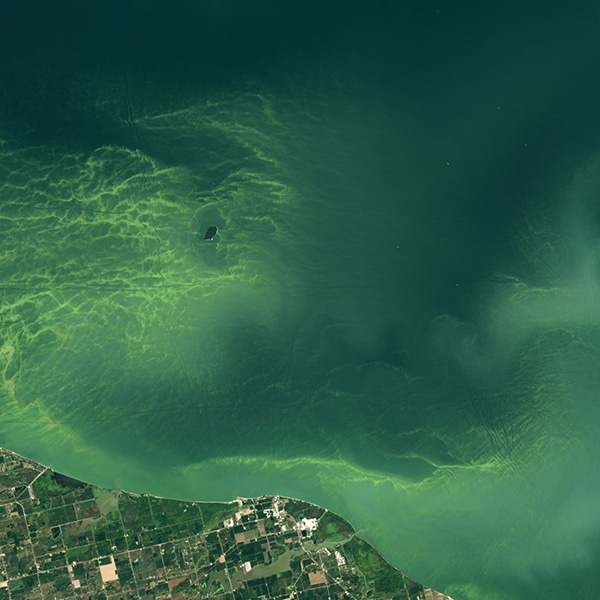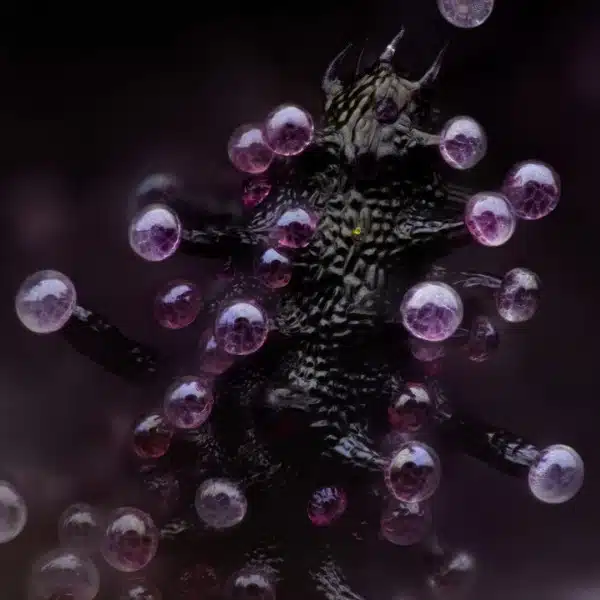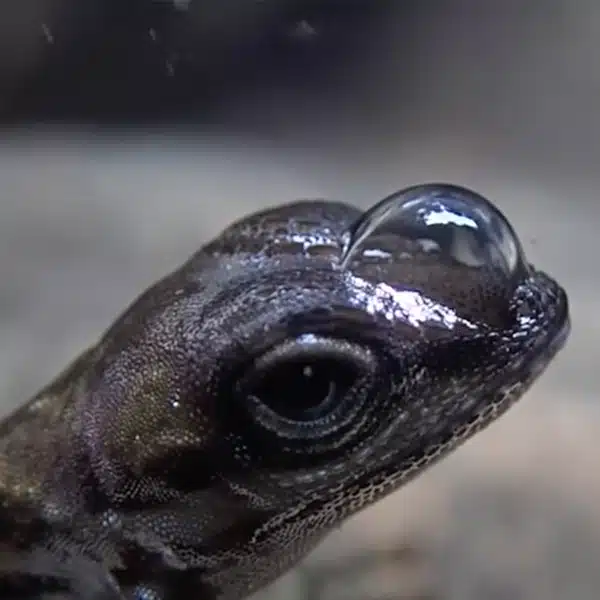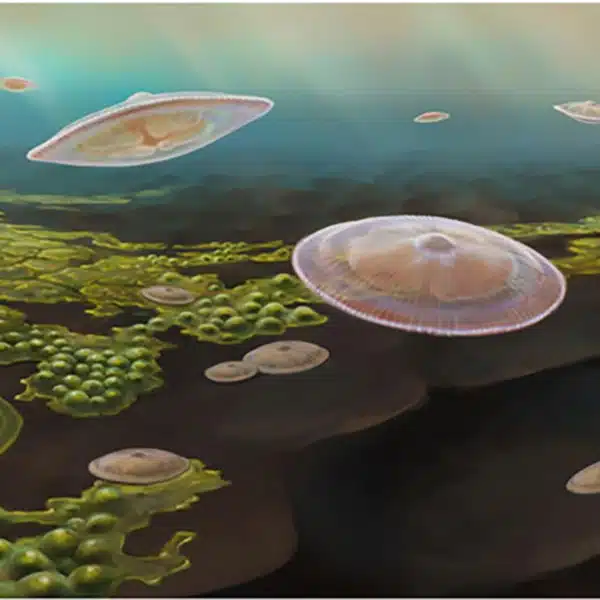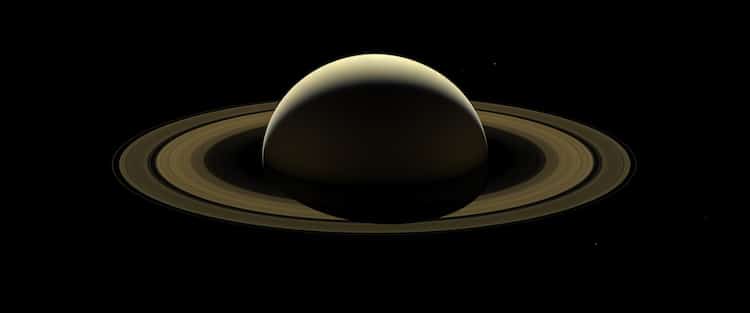
All good things must come to an end. After 13 years of gathering information about Saturn, the Cassini spacecraft has ended its mission. On September 15, 2017, Cassini plunged into Saturn's atmosphere, going out in a blaze of glory after capturing vital data about the planet for more than a decade.
As a parting gift, shortly before ending its mission, Cassini took 80 wide-angle photographs of Saturn over the course of two hours. Forty-two of those were stitched together as the final image from the space probe. Red, green, and blue spectral filters were combined to create a natural-color view of Saturn. Faintly in the background—and annotated in a separate image by NASA—six of Saturn's 62 moons appear.
Over the course of its mission, Cassini has provided incredibly detailed photographs of Saturn's rings and moons. “Cassini–Huygens has been nothing short of a discovery machine, captivating us with data and images never before obtained with such detail and clarity,” states NASA. “Cassini taught us that Saturn is a far cry from a tranquil lone planet with delicate rings. Now, we know more about Saturn’s chaotic, active, and powerful rings, and the storms that rage beneath.”
Since 2004, Cassini captured almost 500,000 images from within Saturn's system, providing inspiration for scientists, artists, and the public at large. For the imaging team that wades through the material looking for the best images, creating this final image was a bittersweet moment.
“It was all too easy to get used to receiving new images from the Saturn system on a daily basis, seeing new sights, watching things change,” said Elizabeth Turtle, an imaging team associate at the Johns Hopkins University Applied Physics Laboratory. “It was hard to say goodbye, but how lucky we were to be able to see it all through Cassini's eyes!”
To celebrate the mission, NASA has a free eBook about Cassini and its discoveries available for Kindle, PDF download, as well as other eBook readers.
This annotated version of Cassini's last Saturn photo highlights the faint appearance of six of Saturn's moons.
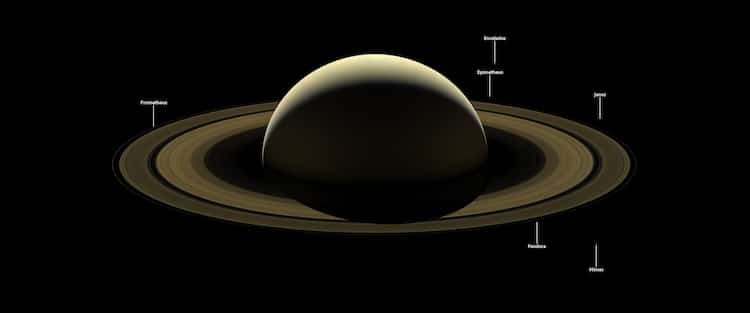
Watch end of mission commentary from NASA as the Cassini spacecraft plunges into Saturn's atmosphere.
Cassini: Website | Twitter
h/t: [PetaPixel]
All images via NASA/JPL-Caltech/Space Science Institute.
Related Articles:
Google Maps Now Lets You Explore the Solar System in Detail
NASA Captures Amazing Photos of Jupiter After Successfully Completing Its Eighth Flyby
NASA’s Archived Photos of the Moon Landing Animated into Beautiful Short Film
NASA Releases Detailed Photos of Pluto Taken by New Horizon Space Probe












































































